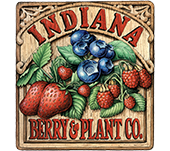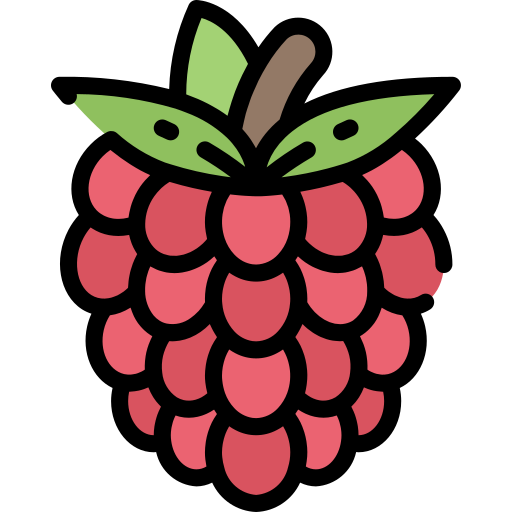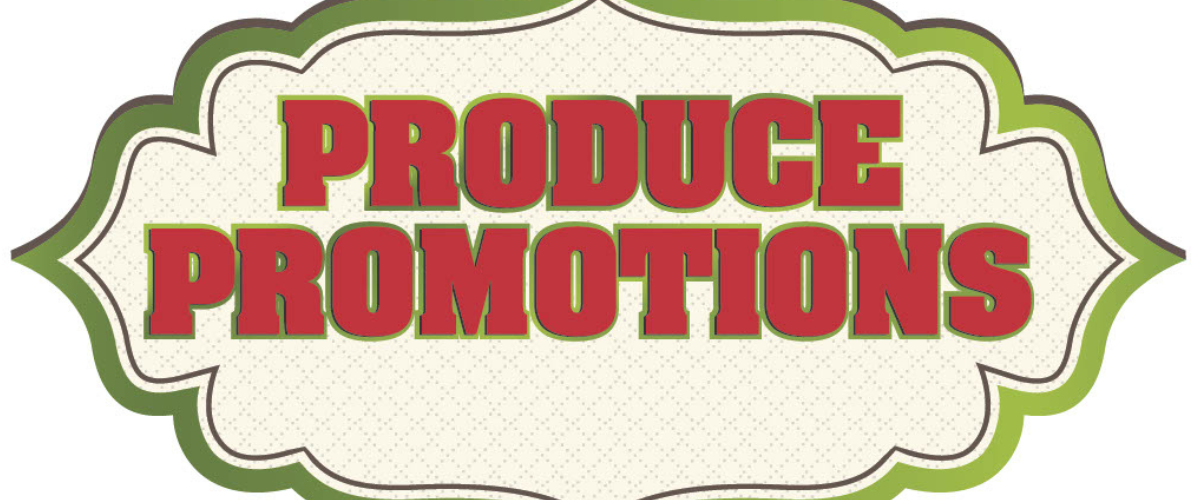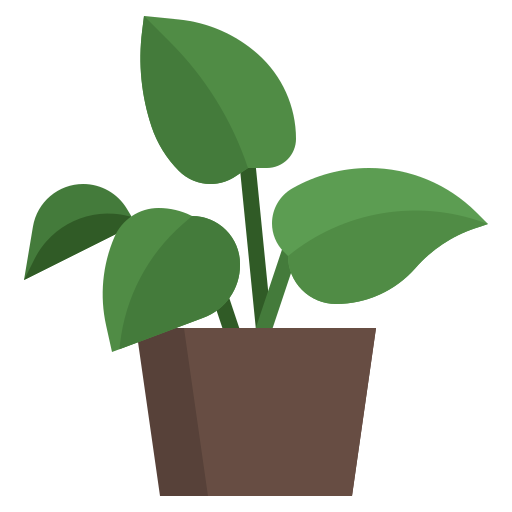Double Gold Yellow Raspberry - Fall Everbearing
| Quantity | Price |
| 1-24 | $8.00 |
| 25-99 | $6.75 |
| 100 + | $4.60 |
Unusual, beautiful berries are golden champagne with a deep pink blush. Very productive and delicious! Plants are vigorous and resistant to Phytophthora root rot as well as most common leaf diseases. The double in its name refers to the two crops per season that it can bear. As with other yellow varieties, the fruit is soft so better suited to u-pick growers, farm stands and farmer's market.




